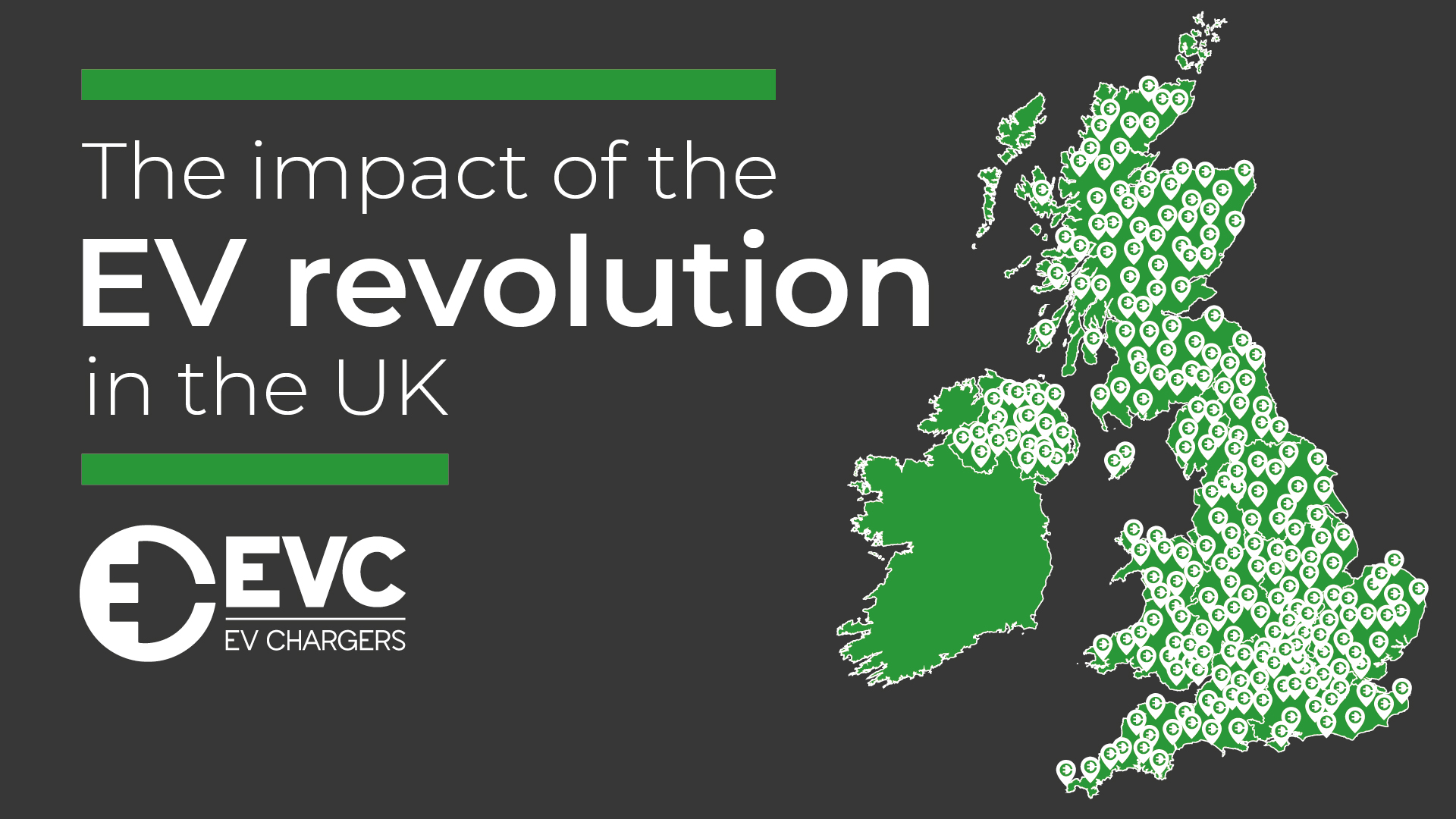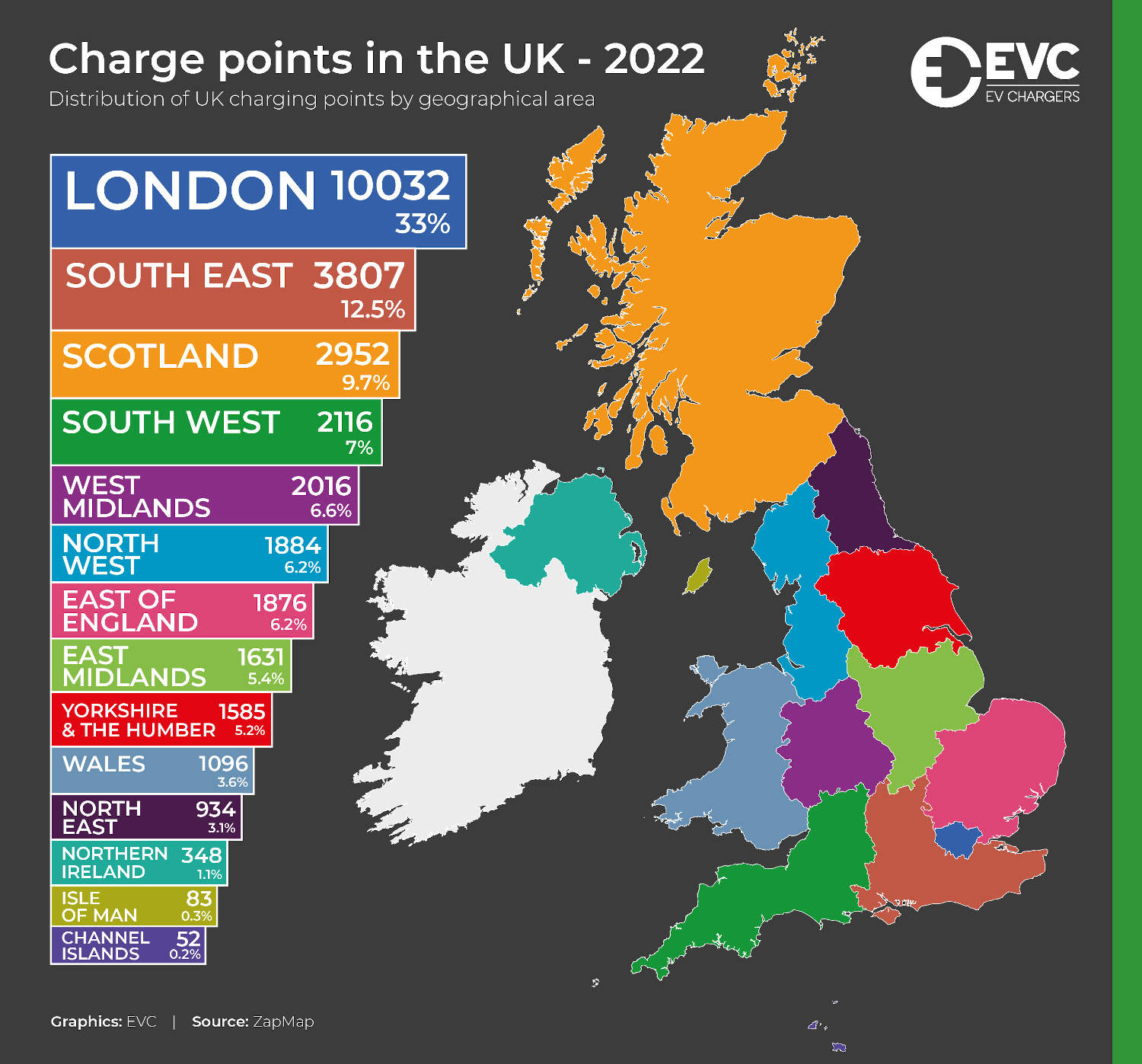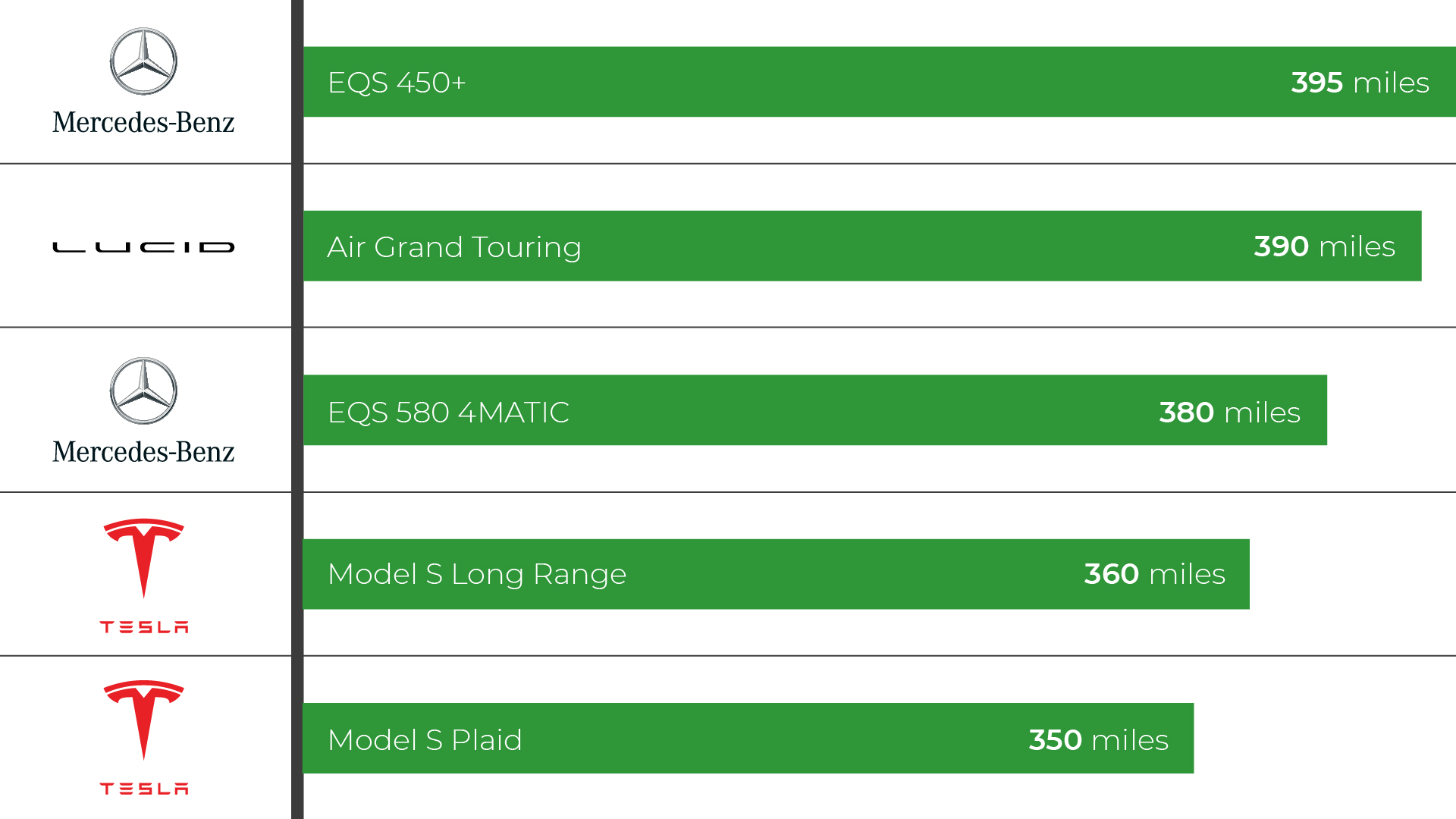The impact of the EV revolution in the UK

The electric vehicle revolution is well underway. There were more EVs sold in 2021 than the previous 5 years combined. With such a dramatic increase of EVs on our roads, what effect will this have on the UK, and how can we support the recent influx of EV drivers?
Improving the EV charging infrastructure
A recent study has shown that the UK will need to reach 300,000 public charge points by 2030 to match the forecasted demand of electric vehicles. This is ten times the number of charge points currently active. The rapid deployment of charging infrastructure comes at a high cost, which is why the government have recently pledged to invest £1.3 billion in support of this aim.
The location of charge points is just as important a factor as the quantity. Greater London and the South East make up a large proportion of the UK’s network, sharing 33% and 12.5% of the total number of charge points in the UK respectively. Infrastructure is currently lacking in the North East, where motorists have access to fewer than 1,000 charge points.

At EVC, we are proud to provide a UK wide network, helping to ensure all motorists, regardless of their geographical location, still have equal opportunities to access charging points.
Pressure on the Grid
The National Grid estimates that there will be 36 million EVs on the UKs roads by 2040. Naturally, there are concerns about the Grid’s ability to handle such pressures. Fortunately, with improvements to energy efficiency over the past few years, the demand on the Grid is currently lower than it has been for many years – and it’s estimated that even if the majority of the UK decided to switch to EVs now, the increase in overall demand on the Grid would only be around 10%.
To further relieve the burden on the Grid, it is estimated that 80% of EV drivers will be using ‘smart charging’ by 2050. This will help balance nearly half of the new energy demands from electric vehicles.
‘Smart charging’ is a charging method where the speed and time of charging adapts in line with the amount of available power, ensuring charging is undertaken at the most optimum times. Smart charging also allows for dynamic load balancing, allowing multiple cars to charge at the same time within the same network.
Putting motorists first
The UK’s uptake in electric vehicles has seen incredible growth over the last few years, but some remain unconvinced. A recent survey identified range anxiety and charging experience as the two main factors resulting in a reluctance to make the transition to an EV.
Luckily, with battery technology constantly improving, the average range of an EV is now over 200 miles! That could take you from London to Manchester on a single charge. We can expect to see battery technology continue to develop, further alleviating drivers’ concerns about running out of charge.
Here are the top 5 EVs by range (in miles):

During longer journeys, drivers seek the convenience of being able to top-up charge quickly. Many models charging at rapid charge points (50kWh+) can go from 20% to 80% battery in less than 20 minutes. Rapid and Ultra-rapid charge points are becoming more commonplace across the UK, and as of March 2022, there are now almost 5,500 rapid and ultra-rapid charging devices across 3,400 locations in the UK. This represents a growth of 29% since March last year.
Whilst there is still more to be done throughout the industry to ensure all drivers have fair access to a charging point when needed, the last 12 months has shown the UK is taking very positive steps towards overall adoption of EVs.
